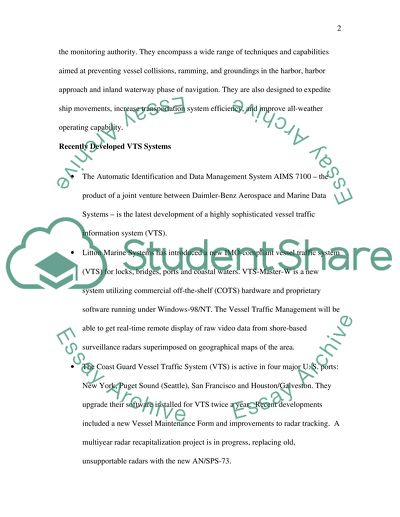Cite this document
(“Future of vessel traffic services (VTS) Essay Example | Topics and Well Written Essays - 2500 words”, n.d.)
Retrieved from https://studentshare.org/miscellaneous/1525563-future-of-vessel-traffic-services-vts
Retrieved from https://studentshare.org/miscellaneous/1525563-future-of-vessel-traffic-services-vts
(Future of Vessel Traffic Services (VTS) Essay Example | Topics and Well Written Essays - 2500 Words)
https://studentshare.org/miscellaneous/1525563-future-of-vessel-traffic-services-vts.
https://studentshare.org/miscellaneous/1525563-future-of-vessel-traffic-services-vts.
“Future of Vessel Traffic Services (VTS) Essay Example | Topics and Well Written Essays - 2500 Words”, n.d. https://studentshare.org/miscellaneous/1525563-future-of-vessel-traffic-services-vts.


